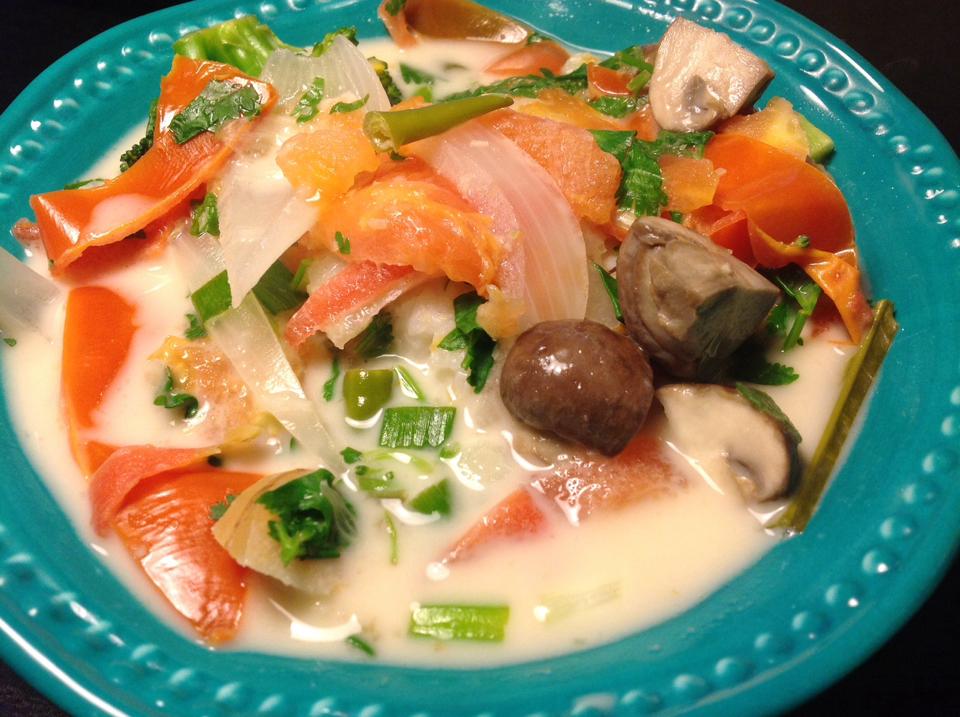
When William Shakespeare wrote the line, “A rose by any other name would smell as sweet,” it would be an impossible insight for him to know that this would get disproven sometime later in the 21st century.
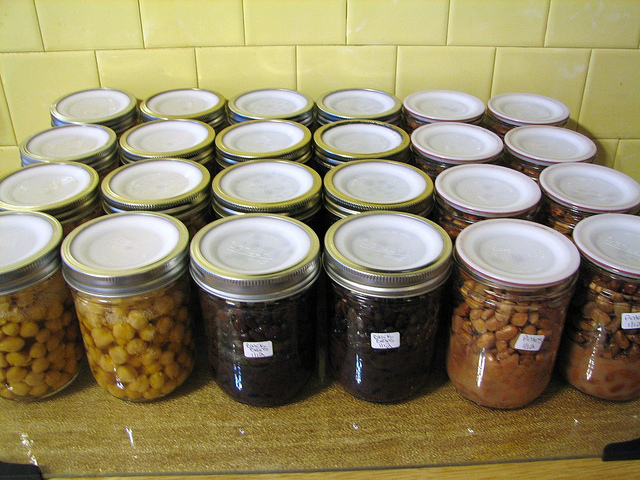
Prior to 2014, if you bought a can of beans you would pry the lid open to reveal–well–beans, and an unsightly (and rather processed smelling) can of bean juice. Bean liquid. Canned liquid. Jugo de frijoles. Sweet nectar of the legume gods. Whatever you call it, it doesn’t make bean liquid any less vulgar sounding or make it any more appetizing. Preserving the sanctity of our little friends we would happily drain, rinse…rinse…rinse…rinse…and maybe even rinse some more in order to cleanse them of their–perceived–uninhabitable former home. But then came 2014.
A French chef named Joël Roessel embarked on a vegan culinary feat to find a more suitable replacement for egg whites… do you see where I’m going? Roessel envisioned a type of plant runoff, or “juice,” for lack of a better word, that could be whipped into an egg-like consistency. Several years later, with the additional triumphs of a French chickpea challenge and a U.S. software engineer named Goode Wohlt, the former bean juice became known as aquafaba. Though the literal meaning is the juice of any beans, the one vegan chefs use is the liquid of chickpeas, or garbanzo beans (depending on where you’re from). Chickpea aquafaba took the repulsive mundaneness out of the phrase bean juice and elevated it to a whole new meaning–literally. A can of bean juice definitely sounds sweeter when it’s called aquafaba–and it truly lives up to it’s suave and intoxicating new name.
The uses for chickpea aquafaba keep growing, but for now, let me catch you up to speed on the main uses that will take your recipes from ‘good’ to can’t-get-enough-of!
Baking.
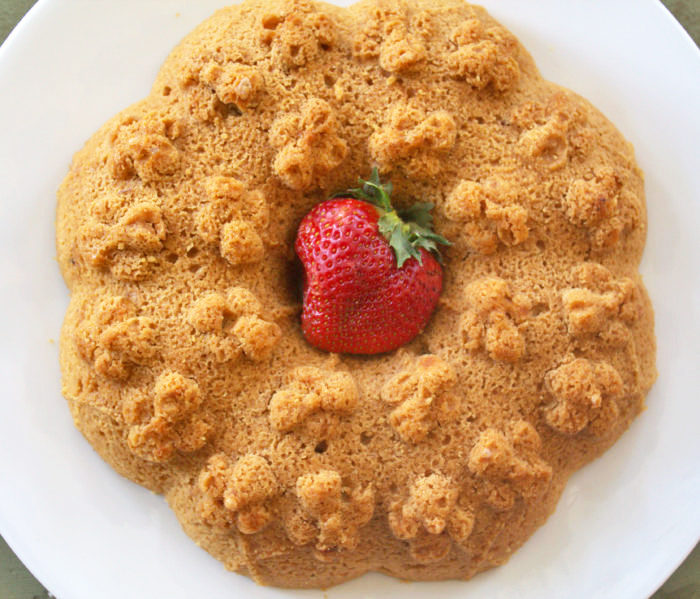
Merengues, pies, mousses, cookies, and even whipped cream, are just some of the staple uses of aquafaba. When whipped for 10-15 minutes, the liquid turns to a glossy texture that forms high, stiff peaks. Just add sugar and whip again for a fluffy egg white substitute.
One of our fellow writers has a greatly underrated, sumptuous recipe for an aquafaba Bundt cake – and it’s divine (see image above)! Check it out, here: Gluten-Free Vegan Bundt Cake.
Entrees.
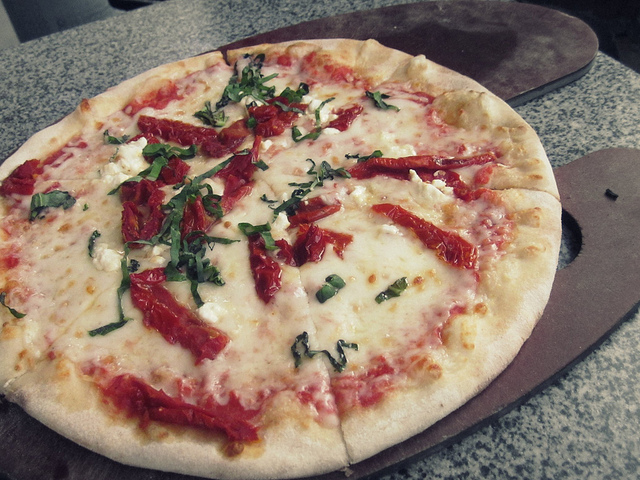
Though aquafaba can’t replace the egg entirely–since it doesn’t have the properties of the yoke, it works as a binding agent in egg-inclusive dishes, such as fried rice or pizza crusts. Looking for a crispy crunchy pizza base? Aquafaba is your secret!
Condiments.

We’ve already covered whipped cream, but aquafaba makes a stunning homemade mayo. And a benefit I haven’t mentioned–you can eat it raw! Take that, egg whites!
Bread.
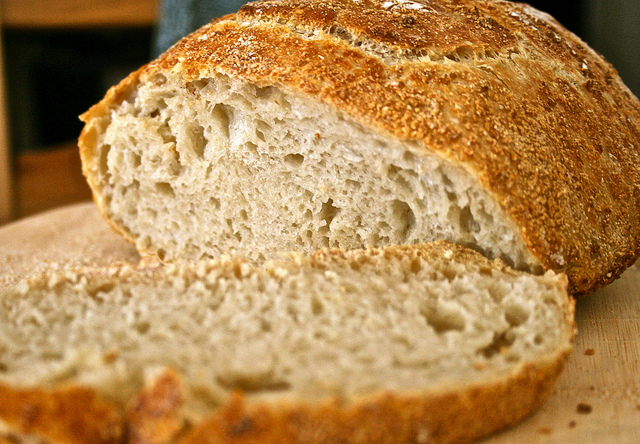
Getting that fluffy texture in your homemade loaves can be tricky. Often vegan breads can be dense and overwhelmingly filling. Adding aquafaba creates the ideal aeration that rivals any non-vegan variety.
Aquafaba is the ingredient that has no bounds. Chefs are still swapping out baking and cooking staples for this naturally foaming plant source. And as our experience grows, so will our recipes. My advice, go scope out all of the aquafaba recipes on Pinterest and TRY THEM ALL! Then, test out your own. Maybe you’ll have the next best aquafaba recipe. And, stay tuned for future Peaceful Dumpling aquafaba recipes. 😉
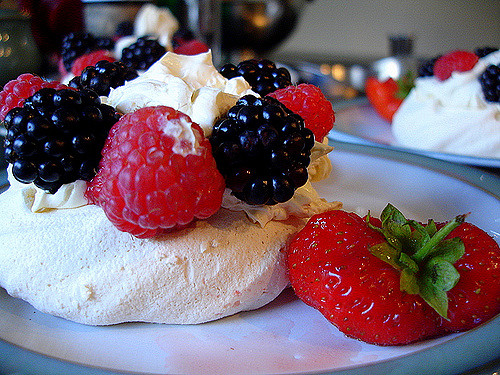
Have you tried aquafaba in any of your vegan baking adventures?
Also by Missy: Mom’s Perfectly Crunchy English Toffee
Related: Whisk Away: Pro Vegan Baking Tips from Blossom Bakery
Vegan Baking Tips: How to Choose Sweeteners
Get more like this—Subscribe to our daily inspirational newsletter for exclusive content!
__
Photo: Pixabay, Lynn Szwalkiewicz via Flickr, Quincy Malesovas, Jamie DeCesare, Samantha Celera, Rhonda, and Matt Despres–all via Flickr



